AHA
The Savannah College of Art & Design (SCAD) has students from diverse cultural backgrounds. These students play a significant role in shaping social experiences for the SCAD community. Understanding these social experiences can provide insight into methods for enriching the current and future SCAD community.
The subject of the study was focused on motivating culturally diverse students to enrich their social experiences in an intercultural educational setting.
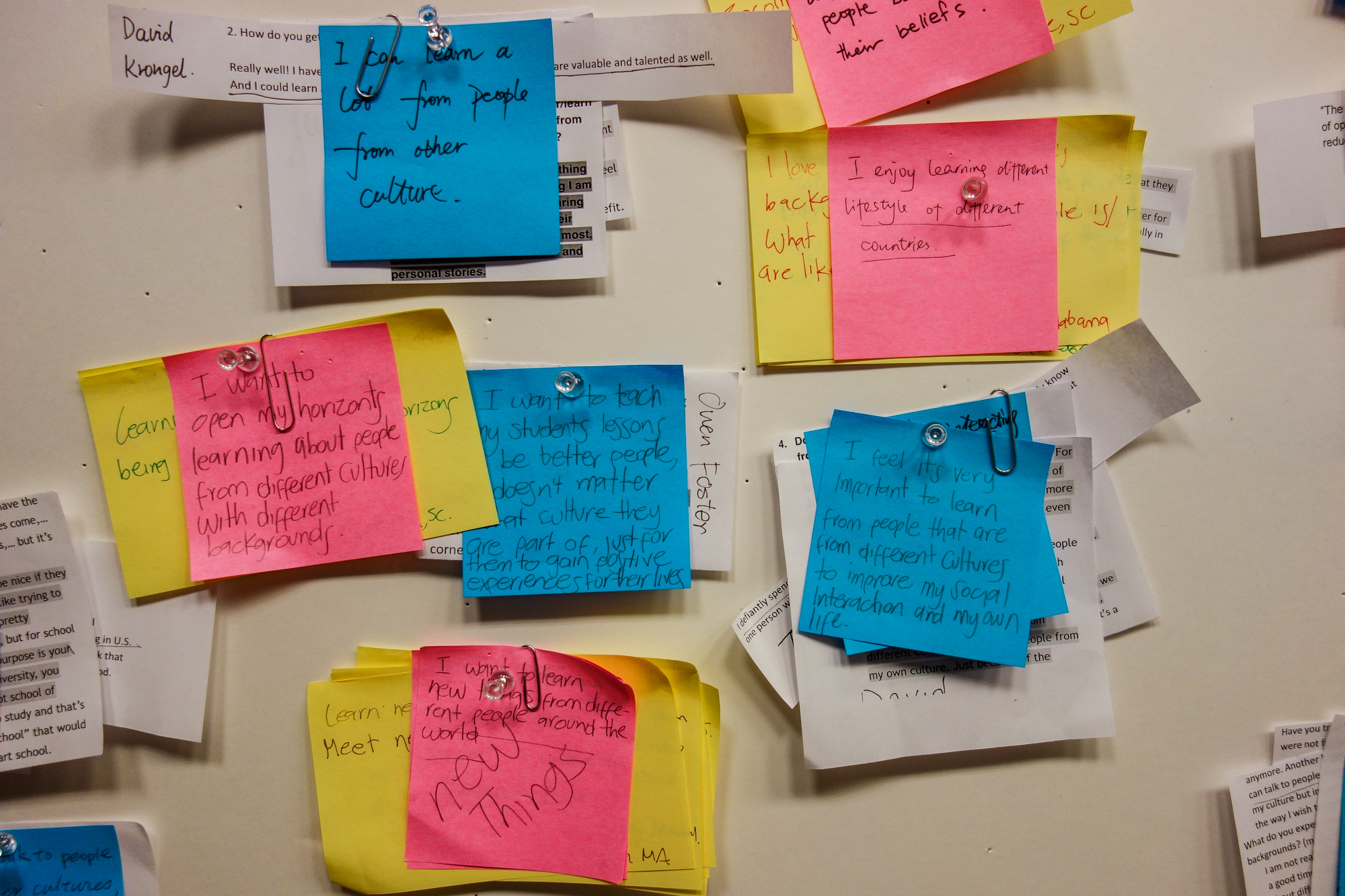
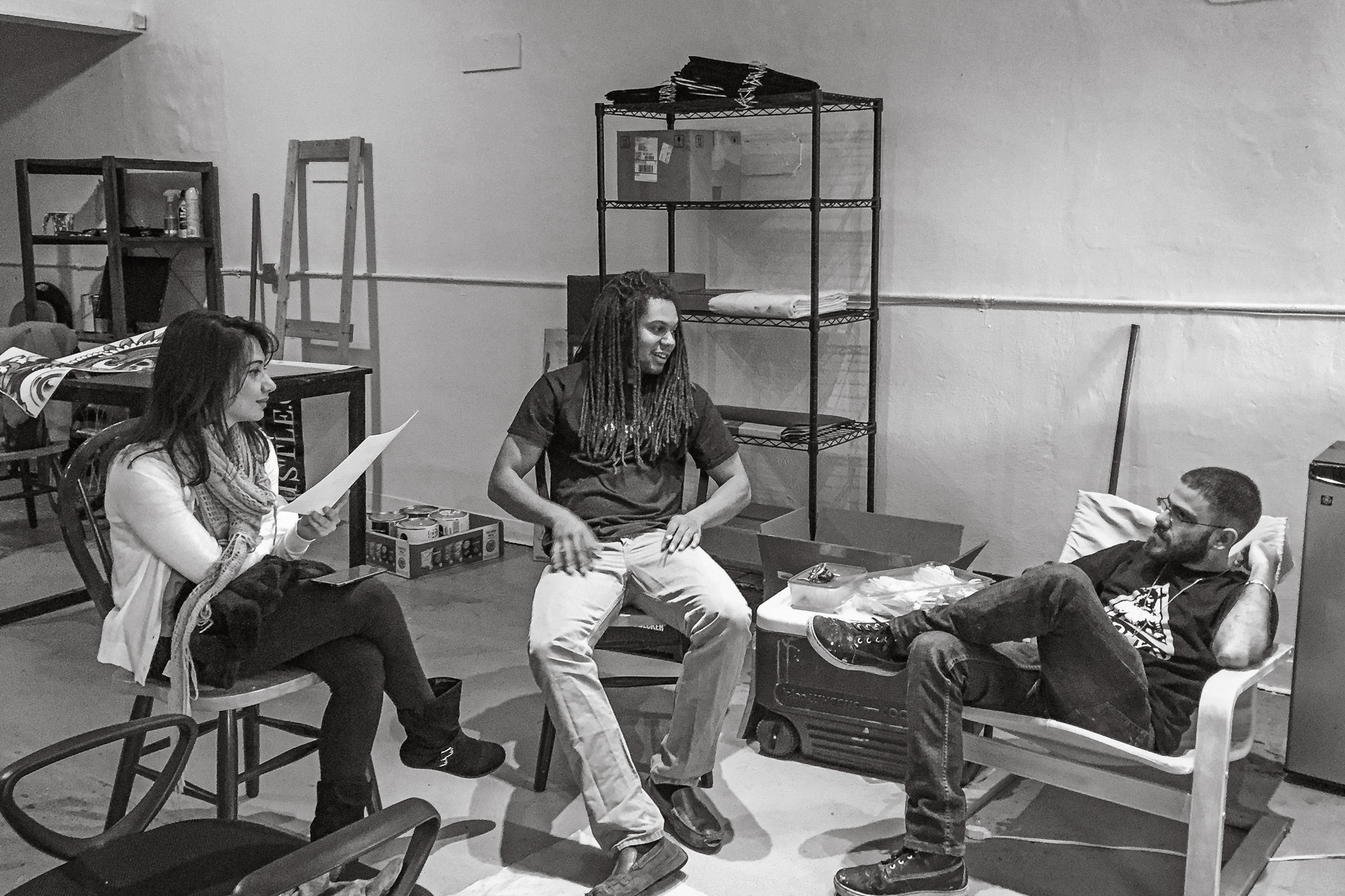
The trend of going abroad for advanced learning is emerging due to the students’ aspirations to develop international perspectives and embrace different cultures (Lin, 2012). At Savannah College of Art and Design (SCAD), students from over hundred countries come together and create an intercultural environment. SCAD provides its students with a rich and multicultural environment to thrive. However, despite having access to different cultures, most students tend to socially connect with those from similar cultural backgrounds. The lack of motivation to socially interact with students from other cultures limits their opportunities for nurturing their social experiences that could consequently influence their collaboration and communication skills.
PURPOSE
The objective of this project is to offer SCAD students opportunities to enrich their social experiences by encouraging them to break free from the constrained social behavior (as described above).
SCOPE
CONTEXT
SCAD’s multicultural environment within an educational institution for creative professionals
CONTENT
Social experiences of students and their interior orientations and demonstrated behavior towards cultures other than their own
SUBJECTS
Undergraduate and Graduate students
TIMELINE
10 weeks
DELIMITATIONS
Social experience within own cultures, beyond Savannah, behaviors within class experience, comparisons to other institutions.
“WHAT IS THE FUTURE OF INTERCULTURAL SOCIAL EXPERIENCES AT SCAD?“

Ecosystem Map

Mind Map of the Issues
PROCESS
The process is based on the Double Diamond Theory and Lean UX process. I aim to incorporate the key phases of Discovery, Definition, Ideation and Implementation in all the projects I undertake projects. In the discover phase, we diverged our knowledge through methods of data collection to attain a broader vision of otherwise problematic intercultural issues. After synthesizing the data we collected, we converged the information by processing and analyzing the data points to lead us to potential opportunities at the center of the process. In the develop phase, concepts were generated based on the opportunities found and pre-set design criteria. In the last quarter of the process, prototypes were made for user testing and final refinement and delivery.

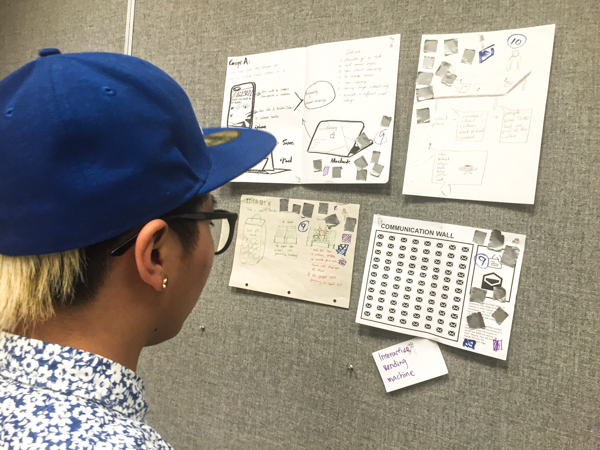


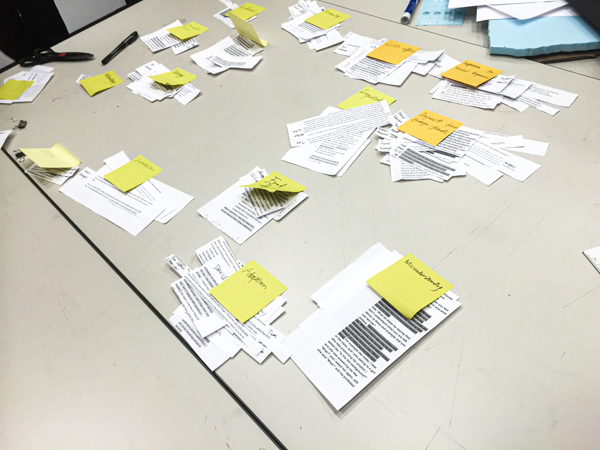
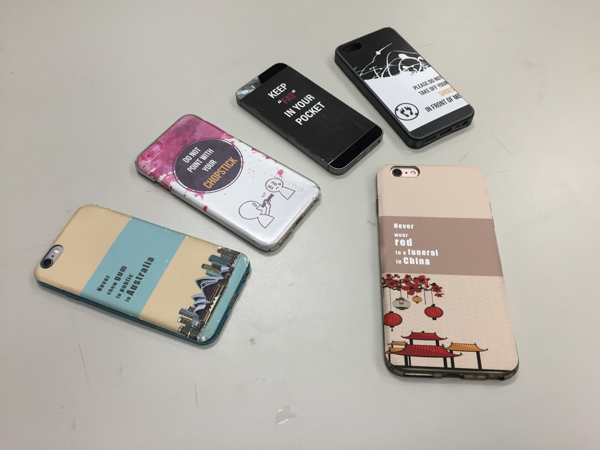
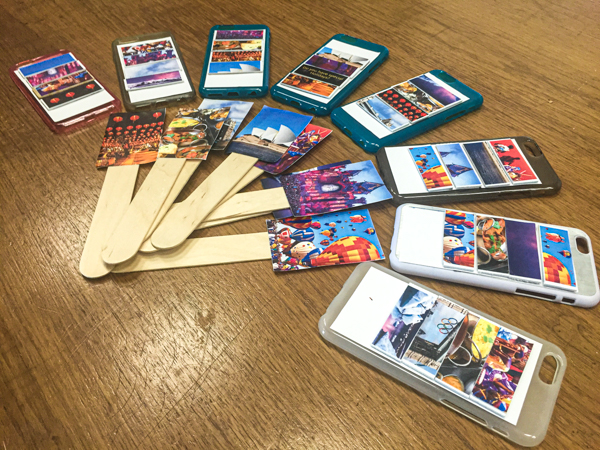

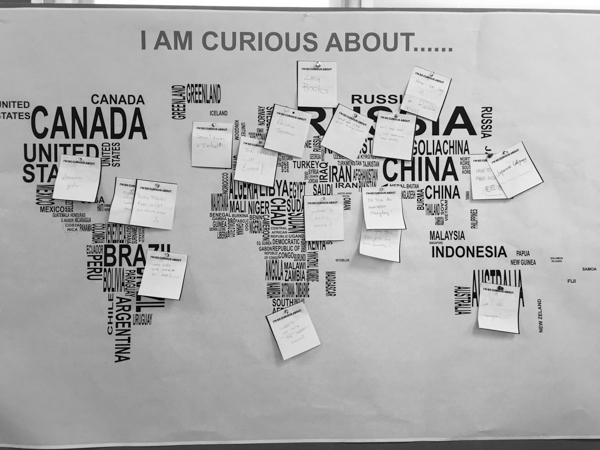
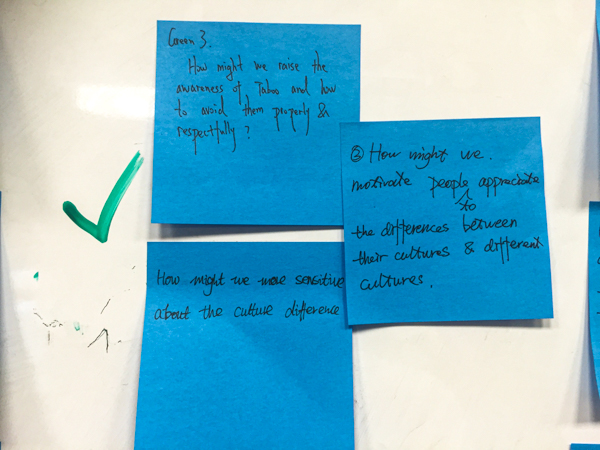
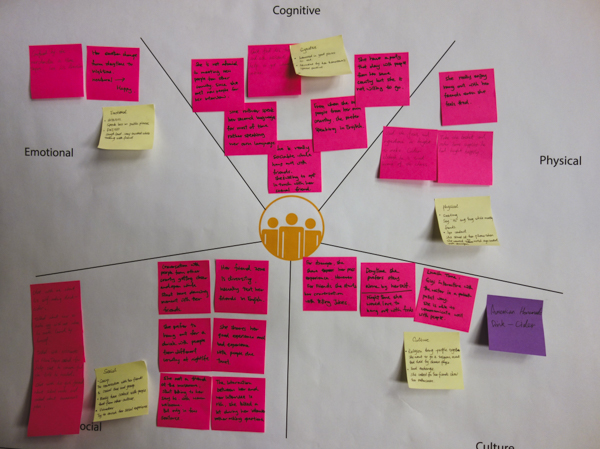

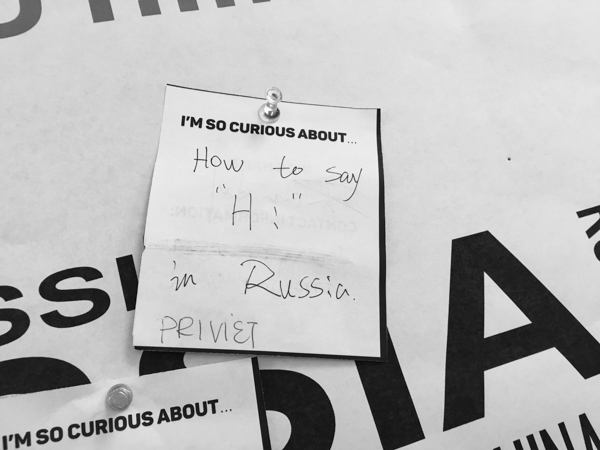


RESEARCH QUESTION
How might we motivate SCAD students to increase their capacity for empathy by learning about different cultures on a daily basis in order to enrich their intercultural social experience?
SUB QUESTIONS
What is cultural diversity?
What defines social experiences?
What motivates people to embrace cultural diversity?
How do people from different cultures interact?
What defines our abilities to be social?
What is cultural diversity?
What defines social experiences?
What motivates people to embrace cultural diversity?
How do people from different cultures interact?
What defines our abilities to be social?
METHODOLOGY
The project was framed as a contextual research inquiry with an ethnographic lens (user-based project-driven qualitative study). The context was investigated through secondary and primary research activities. Secondary research helped us gain a deeper understanding of the system before we conducted primary field research. Primary research was vital for our project as it helped us investigate social and multicultural aspects that motivate students at SCAD to interact in social settings, it opened windows into the underlying assumptions, beliefs, and values that lead to their (observed) behaviors.
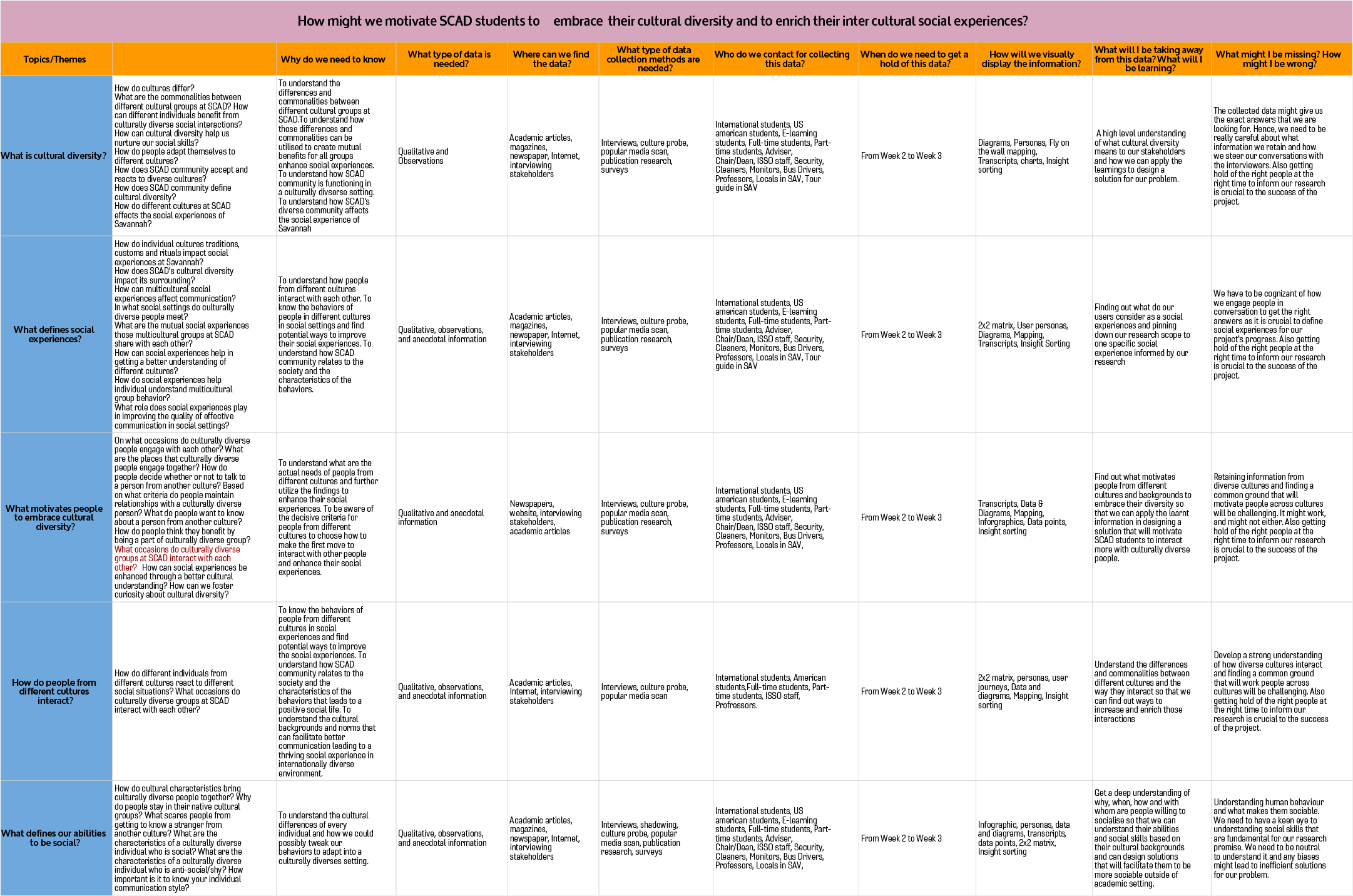
GATHERING INSIGHTS
Insight 1: Engaging in common activities potentially breaks the wall of cultural barriers.
Insight 2: Accepting different cultures helps us learn new things.
Insight 3: Being receptive and conscious of culture difference with respectful behaviors enhances mutual understanding of various cultures.
Insight 4: Social networks shorten the distance between different cultures.
Insight 5: More efforts can be made by the university to bring a sense of common identity between diverse students.
Insight 6: Common origins and mutual interests bring people together naturally.
FINDINGS AT A GLANCE
The six main circles in the Finding-at-a-Glance map represent the six macro key findings derived from the affinity map. The sizes of the circles on the map denote the quantity of data points consolidated into each macro key finding, hence larger circles represent a larger quantity of data points. The grey circles represent the micro key findings that support the macro key findings. The correlation between each key finding was represented by connecting arrows, also indicating that the research was being conducted within SCAD premises.

PERSONAS
To define and represent the key stakeholders clearly, the design team created six different personas from the data findings: one from China, one from India, one from Germany, one from Colombia and two from the US. These six personas emerged from primary and secondary research findings based on positive and negative experiences when interacting with culturally diverse populations.



DESIGN OPPORTUNITIES
The many opportunities realized were refined by mapping short- and long-term impact and relevance to the original umbrella research question. The map below was created to visualize the impact of the opportunities upon intercultural students’ social experiences in terms of the value for each opportunity. Hence, the intercultural social experience was mapped at the core of the opportunity map and surrounded by eleven interrelating reciprocal opportunities. Social networks, communal activities and SCAD resources were identified as channels for exchanging intercultural experience that influence students’ attitudes, behaviors and learning. Enhanced learning and improved attitude enrich student experiences and influence students’ levels of awareness, empathy and personal and professional relationships. All the opportunities were found to be interlinked and reciprocal. It was identified that any of them would eventually leverage the rest. Therefore, opportunities were mapped on a 2x2 matrix as a next step in order to decide

REFRAME &
CONCEPTUALIZATION
Several concepts were listed and scored. The initial concepts provided solutions in various design forms ranging from designing a service to an activity and a product. After comparing each concept draft, a Five-point scale was used to score each of the five shortlisted concepts to identify deficiencies and enhance the concepts for testing. Under a brief overview of this spider map, we find that there is an opportunity to increase the movitational aspect for all the shortlisted concepts. Furthermore, we could further work on filling the shortages of each of the concepts in other areas too.


PROTOTYPING & TESTING







FINALIZING CONCEPT


Despite the deficiency in the chosen concept, this still has the biggest potential for the final prototype. After comparing each concept, the chosen concept could be the one that is the most flexible and accessible enough to alter and easily excute. Based on the criteria, there is an opportunity to combine activity with physical product that may involve more people from different cultures and make this product more engaging. For exmaple, taking advantage of SCAD orientation to create a platform for students to use the cases.
DELIVERY
Beyond generating various iterations of prototypes, the concept went through a few rounds of validation and testing to score each variation for incremental success in the context of it’s basic purpose.
The team created a business model canvas and an implementation plan to demonstrate how contextual functioning would be for the product and to extrapolate a viable business model.
Beyond generating various iterations of prototypes, the concept went through rounds of validation and testing to score each variation for incremental success
The team created a business model canvas to demonstrate how contextual functioning would be and to extrapolate a viable business model.




A phone case that has 4-6 slots to make complete images of locations from various parts of the world. Eash slide has a not-so-well-knows fact about the culture form that location on it’s back. Every culture/nationality at the university is included in the sets in circulation. Every student receives a case with a random assortment of slides that can be exchanged to complete images or sets, sparking conversation and learning.




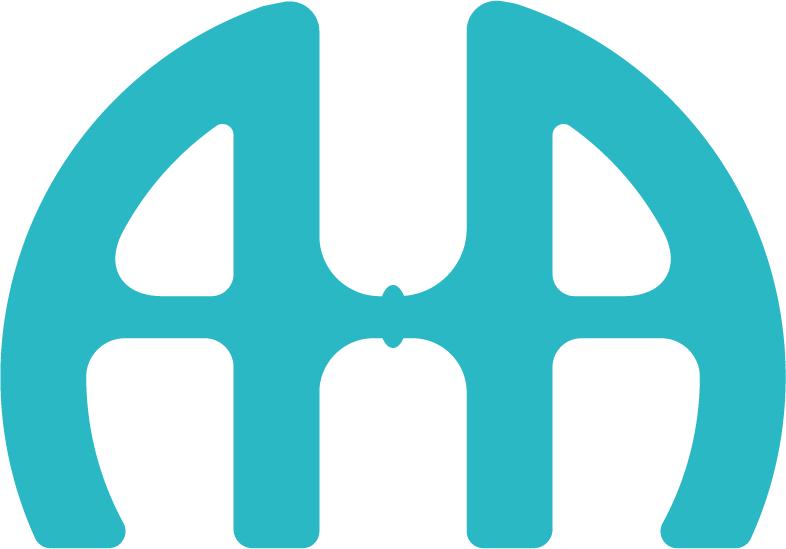
© Vivek Durgam 2023
